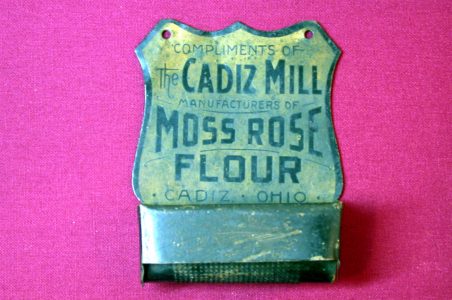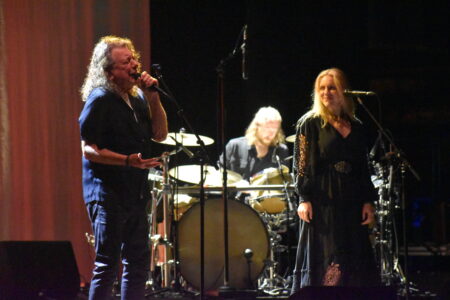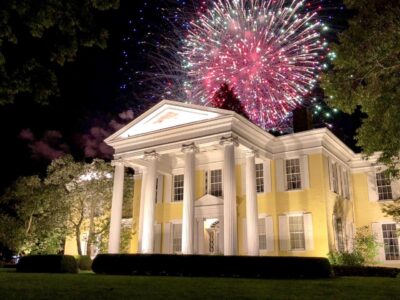Match Safes Strike Many Collectors’ Interests

Match Safes Strike Many Collectors’ Interests
It’s that time of year when I clean my gas logs and fireplace. Not having electric start button, I still light mine with a long match and step back for safety. But can you imagine what it was like before matches?
Before safety matches were invented, stick matches had to be store carefully and conveniently. Because they had tips that were highly flammable, matches were kept in fire proof containers.
Some were small, often sterling silver, pocket size cases that looked a lot like today’s fancy lighters. Others were wall mounted boxes in various designs that kept wooden matches handy and safe.
Today, collectors enjoy saving these match safes from yesterday. Made from various metals and glass, match safes and match holders are an attractive small collectible to enjoy and search for at estate sales and antique shops.
When you consider just how important the invention of matches was, it is easy to understand the usefulness of these treasures also referred to as vesta boxes in England (slightly shorter matches made of wax).
Matches first appeared on the scene in the 1820s. A English chemist named John Walker discovered by accident that certain chemicals stuck on the end of a stick burst into flames as he tried to remove the chemicals by scraping them on the floor.
A friend of Walker’s, Samuel Jones, saw his demonstration and realized the market value, producing matches he called “Lucifers,” and the common match was born.
This match was far from safe and pleasant, since it had a strong chemical odor. A few years later a French chemist reformulated the match tip, using white phosphorous.
Phosphorous was poisonous and caused other problems and health hazards until they were nearly banned. Finally the United States firm, the Diamond Match Company patented the first nonpoisonous match in 1910. President Taft asked the company to give up their patent, so that production could be enhanced and Diamond Match agreed.
It’s easy to see from this that matches were important to social history and culture. Prior to 1830, people had to rely on two sticks or a timer and flint method of igniting a flame. (For more information, see online article written by Mark Chervenka found at realorrepro.com.)
Match holder enthusiasts appreciate the unusual patterns, closures and designs of these important boxes from yesteryear. Value is determined by age, condition and the quality of the match safe.
The two big classifications of match safes are the small portable ones, carried by gentlemen; and the wall mounted or standing match holders that were used mostly in the kitchen or on the dining table.
Wall mounted match safes were often produced by businesses in the late 1800s and early 1900s to advertise their wares. These are doubly fascinating due to the social history of the ads.
Wall mounted safes were usually placed near lamps, stoves and smoking stands. Made of iron, tin and pottery, these match holders had a little hole at the top to allow the homemaker to hang it appropriately.
Some of the holders and safes have match strikers on them. Used to spark the match, these strikers were usually on the side or bottom. Even glass match holders had rough edges or ribbing that was intended to be used to strike the match.
On a dining room table, the match holder might be cut or pressed glass, silver or brass and of course, Victorian art glass. Often these fancy glass holders were advertised as match or toothpick holders, to make them attractive for either social duty.
It’s amazing the number of match safes and holders that there are on the collectible market. Interest in them remains strong and there were more than 200 on eBay when I checked while writing this, ranging from $12.99 to around $1,195.
For comments or suggestions on local treasures to be featured in Antique of the Week, Maureen Zambito can be reached via email at zambitomaureen@hotmail.com or by writing in care of the Sunday News-Register, 1500 Main St., Wheeling, WV 26003.






